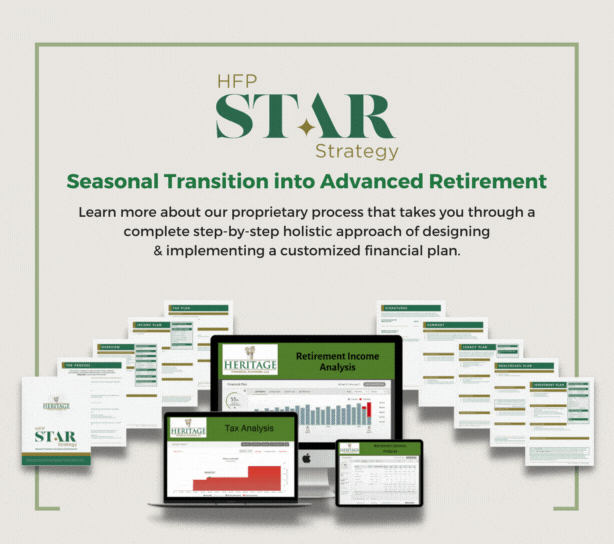Why rising bankruptcies are not a definitive sign of economic distress.
In the vast seascape of the American economy, small businesses are often compared to smaller vessels, navigating the turbulent waters of market changes, regulatory shifts, and economic fluctuations with more agility than larger ships. However, they can also be more susceptible to capsizing in the storm.
Recently, there has been a noticeable uptick in small business bankruptcies, a development that could be mistakenly interpreted as a sign of broader economic turmoil. Yet, these bankruptcies might be a red herring, distracting from the resilience and underlying strengths small businesses have demonstrated, especially in the face of rising borrowing costs.
The Misconception of Bankruptcy Surges
Bankruptcy is a word that often conjures images of failure and finality. For small businesses, it signals a closure of operations, loss of jobs, and the cessation of services to the community. When news of rising bankruptcies among small businesses breaks, it’s easy to leap to the conclusion that the economy at large is teetering on the edge of a downturn.
However, bankruptcy can be a strategic move rather than a white flag of surrender. It can provide a vital lifeline for restructuring, an opportunity to shed unmanageable debts and emerge leaner and more adaptable. For some small businesses, it’s a calculated decision to pause, reorganize, and reset in the face of external pressures, not an inevitable slide into an economic abyss.
Understanding the Resilience
It’s crucial to delve deeper and recognize the resilience that characterizes America’s small businesses. Despite the rise in bankruptcies, many small enterprises have shown remarkable durability. They’ve adapted to the changing economic landscape, embracing digital transformation, pivoting business models, and finding innovative ways to cut costs and enhance revenues.
The narrative of resilience is bolstered by the fact that small businesses have been navigating rising borrowing costs with a deft hand. The increase in interest rates, designed to temper inflation, has indeed raised the cost of borrowing. Yet, many small businesses have been preparing for this scenario, conserving cash reserves, and securing fixed-rate financing before the hikes took effect. They have also been benefiting from the lessons learned during previous economic downturns, applying strategies that help them withstand financial headwinds.
Rising Borrowing Costs are Manageable
Rising borrowing costs, while challenging, don’t necessarily spell doom for small businesses. Owners have been more prudent in their borrowing strategies, often seeking alternative funding sources like venture capital, crowdfunding, and government grants. Moreover, these businesses are agile, able to adjust quickly to market demands, pivot services, and alter product lines to meet real-time consumer needs.
It’s also important to recognize that interest rates are rising from historical lows. Many businesses have operated with the luxury of cheap money for years, and the current increases are, in many ways, a reversion to the mean. This adjustment period might indeed strain businesses that over-leveraged in the era of cheap credit, but for the majority, the increases in borrowing costs are a controllable variable, not an existential threat.
The Red Herring of Bankruptcy Data
The bankruptcy data, while concerning at a glance, fails to capture the whole picture. It doesn’t account for the number of new businesses being formed, which often outpaces the number closing down. The churn of the small business sector is part of its dynamism; as some doors close, new ones open, often with fresher ideas, innovative technologies, and lessons learned from the missteps of their predecessors.
Furthermore, bankruptcy statistics don’t filter out the strategic from the unavoidable. They lump together the businesses that chose bankruptcy as a path to reorganization with those truly faltering due to mismanagement or unsustainable models.
The Narrative is Complex
While it’s important to monitor the health of small businesses as an indicator of the broader economy’s well-being, rising bankruptcies should not be seen as a definitive sign of economic distress. They are, instead, part of the complex narrative of an economy where small businesses are demonstrating resilience, adaptability, and a capacity to evolve in the face of rising borrowing costs and other challenges.
In understanding this, there should be a cautious optimism. Policymakers, economists, and consumers alike should recognize the agility and strategic acumen of small businesses.
These entities are not only the backbone of the American economy but also its early-warning system, signaling changes and adapting to them long before larger enterprises have taken notice.
How Heritage Financial Planning Can Help
While the recent surge in bankruptcies may raise concerns, it’s essential for us to view this phenomenon through a nuanced lens. Bankruptcies, though indicative of financial challenges for some, do not necessarily equate to widespread economic distress. Factors such as evolving market dynamics, changing consumer behaviors, and external shocks can contribute to these fluctuations. Our goal is to guide you through these uncertainties, helping you navigate the financial landscape strategically.
If you’re a business owner seeking clarity or have questions about securing your financial future, we invite you to schedule a personalized appointment. Together, we can tailor a resilient financial plan that safeguards your business against economic shifts and ensures a stable, prosperous future.
 Click here to learn more about our HFP STAR Strategy process.
Click here to learn more about our HFP STAR Strategy process.
Source: Copyright © 2023 FMeX. All rights reserved. Distributed by Financial Media Exchange.









